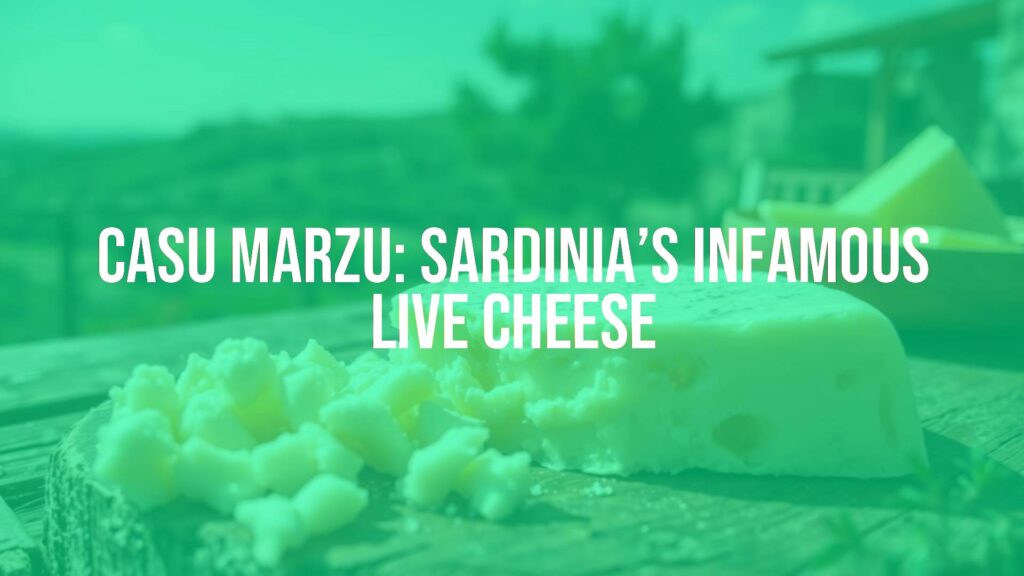Introducing Casu Marzu
Casu Marzu is one of Italy’s most peculiar and controversial cheeses, originating from the Mediterranean island of Sardinia. Notable for its distinct production process that involves live insect larvae, Casu Marzu is often cited as the world’s most unusual cheese. Its name translates from Sardinian dialect as “rotten cheese,” reflecting both its advanced fermentation and its strong flavor profile.
Unique Characteristics
What sets Casu Marzu apart is its soft, almost liquid consistency and pungent aroma. The cheese reaches this state through the introduction of Piophila casei fly larvae, which digest the cheese fats and break down its texture far beyond typical ripening. The result is a creamy, spreadable delicacy known for its assertive tang and a challenging, acquired taste. Despite its notoriety, Casu Marzu is prized locally as both a culinary curiosity and a traditional treat.
Historical Background
Casu Marzu’s origins are rooted in rural Sardinian life, where resourcefulness guided shepherds to create unique foodstuffs with available ingredients. The cheese descends from Pecorino Sardo, with the fermentation process reflecting centuries-old preservation techniques, predating modern refrigeration. While European Union food safety regulations have placed restrictions on its sale, Casu Marzu continues to be produced for private consumption and special occasions, symbolizing resistance and resilience within Sardinian culture.
How Casu Marzu is Made
The making of Casu Marzu begins with a standard round of Pecorino Sardo, left exposed to allow cheese flies to lay their eggs. As the larvae hatch, they feed on the cheese, transforming its texture and flavor in a matter of weeks. The resulting cheese is creamy, often almost oozing, with a sharp taste and pronounced aroma. The presence of live larvae is integral to traditional Casu Marzu, though some prefer to remove them before eating—an act often debated among locals.
Cultural Significance and Traditional Enjoyment
For many Sardinians, Casu Marzu is more than just a food; it’s a cultural identifier, served on festive occasions such as weddings and anniversaries. Consuming the cheese, often accompanied by rustic bread and robust local wine like Cannonau, is considered a mark of bravery and tradition. The act of sharing Casu Marzu reinforces social bonds and pays homage to the island’s pastoral heritage.
Serving Ideas and Pairings
Traditionally, Casu Marzu is spread onto Sardinian flatbread (pane carasau) or crusty bread, sometimes served alongside fresh fruits or honey to counterbalance its intensity. It is typically enjoyed in small amounts, given its powerfully pungent flavor. Red wines with firm character, especially those native to Sardinia, are preferred for their ability to stand up to such a distinctive cheese.
Regional Variations and Modern Perspectives
While Casu Marzu is nearly synonymous with Sardinia, variations exist elsewhere in the Mediterranean under different names and in similar forms, though rarely with the same cultural status. In modern times, foodies and travelers often seek the cheese for its legendary status, although caution is advised due to its unique production.
Final Thoughts
Casu Marzu remains a fascinating emblem of Sardinia’s culinary ingenuity—a cheese for the truly adventurous, steeped in history and tradition. While not for everyone, it captures the spirit, resilience, and distinctiveness of its region like few other cheeses in the world.

